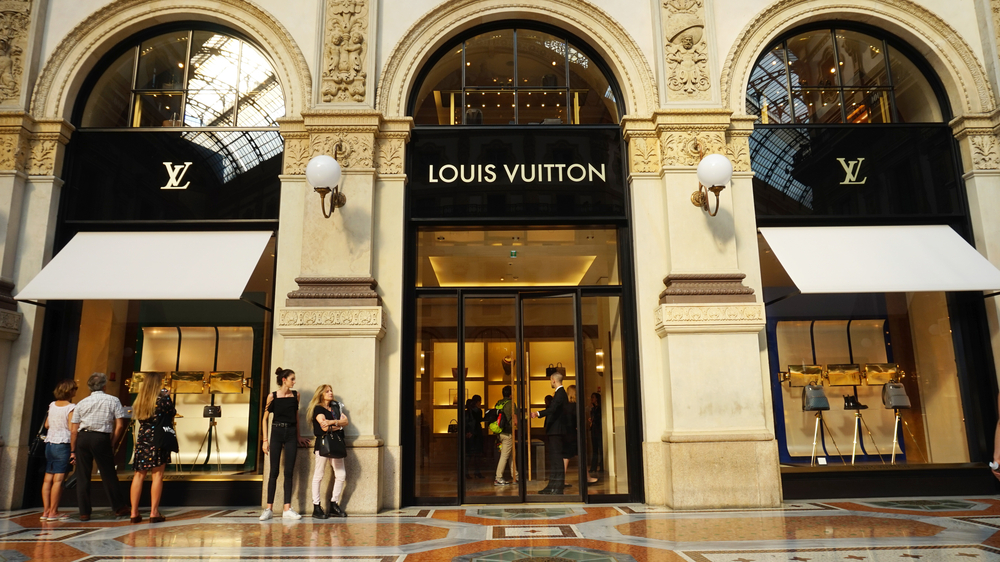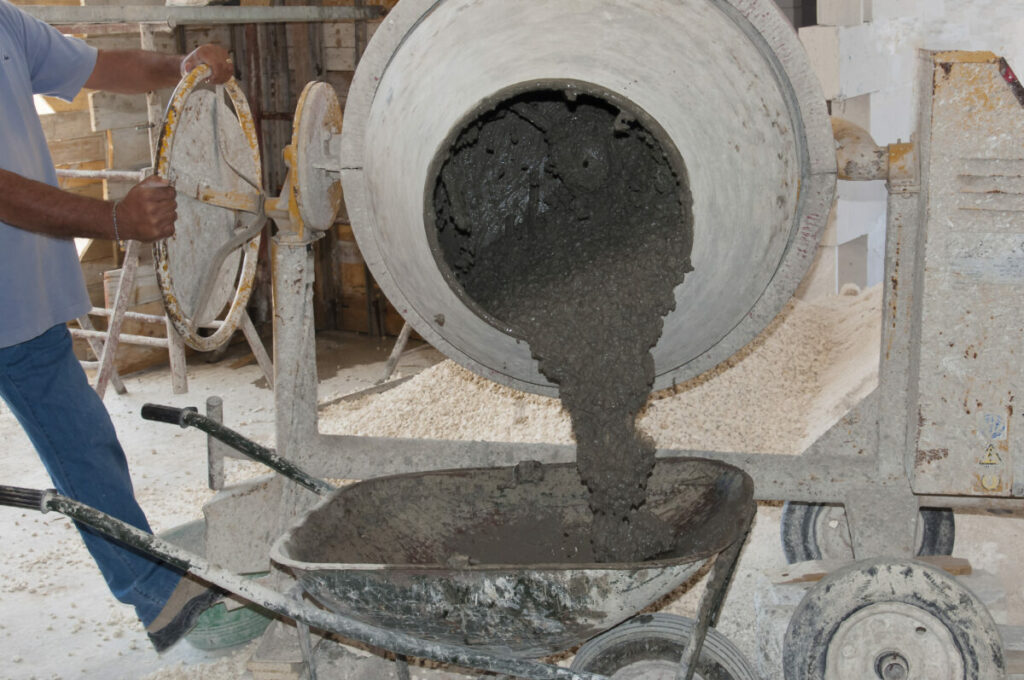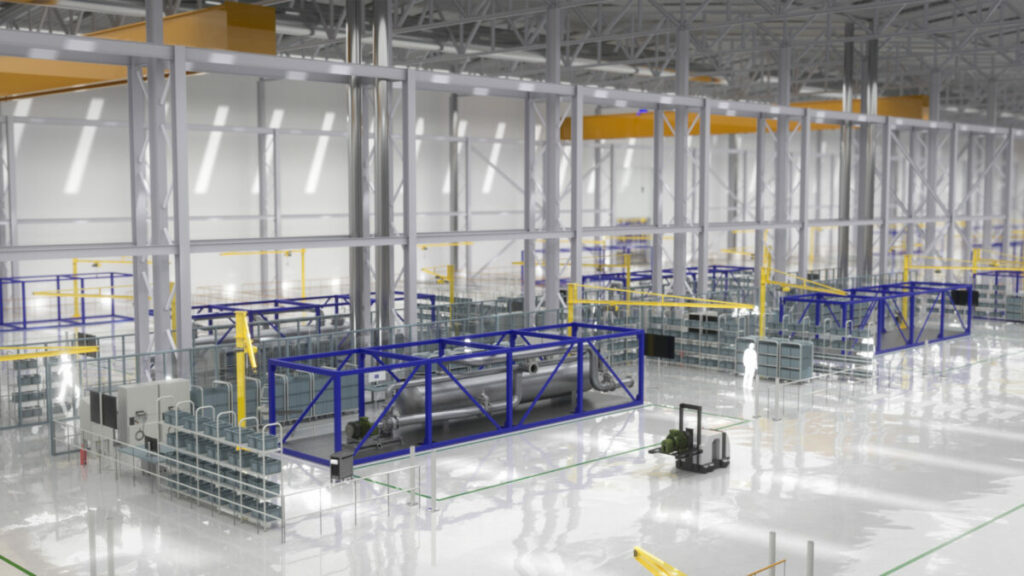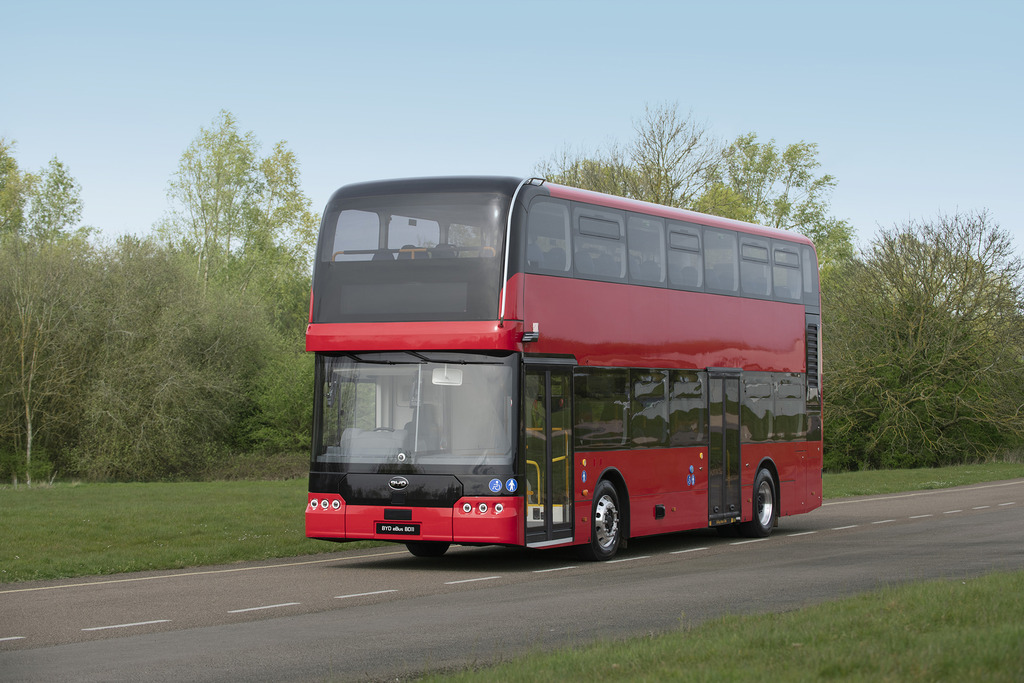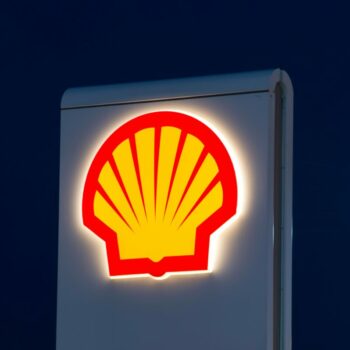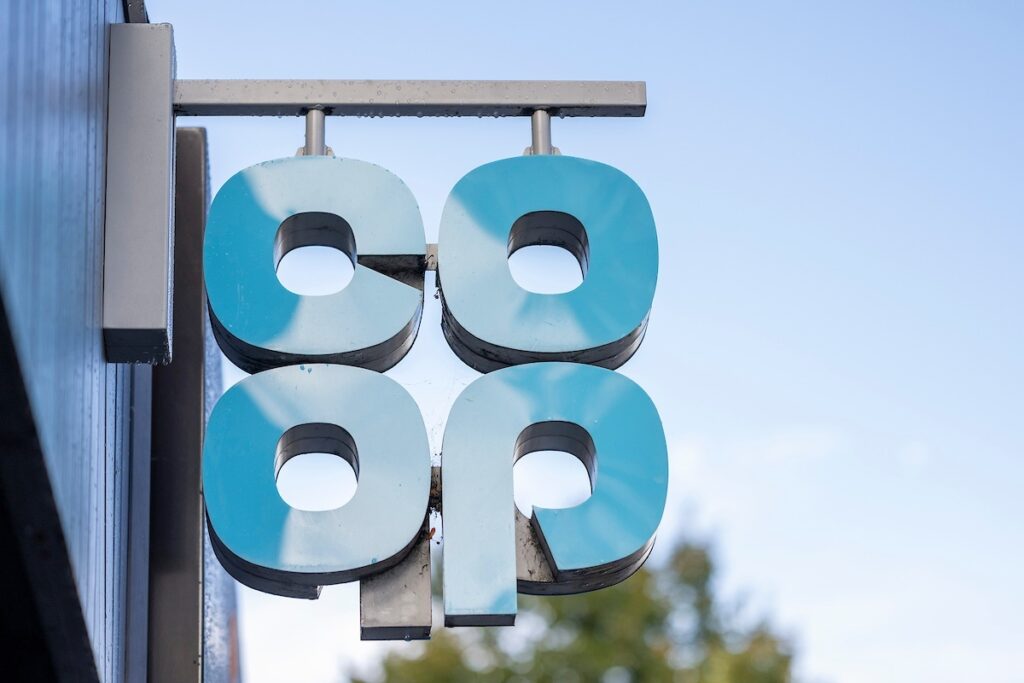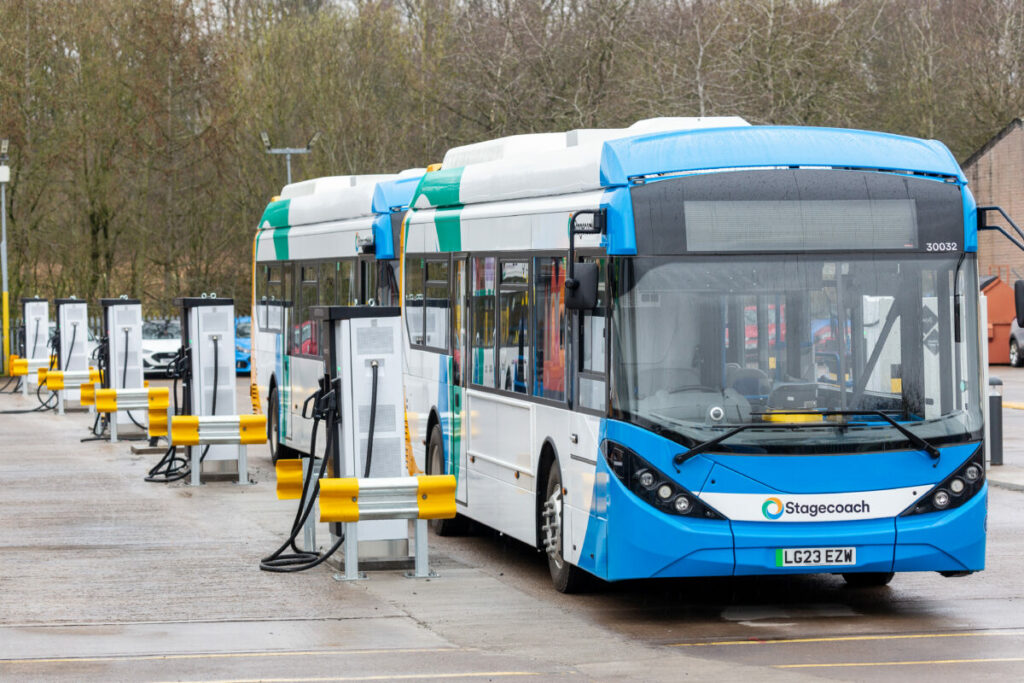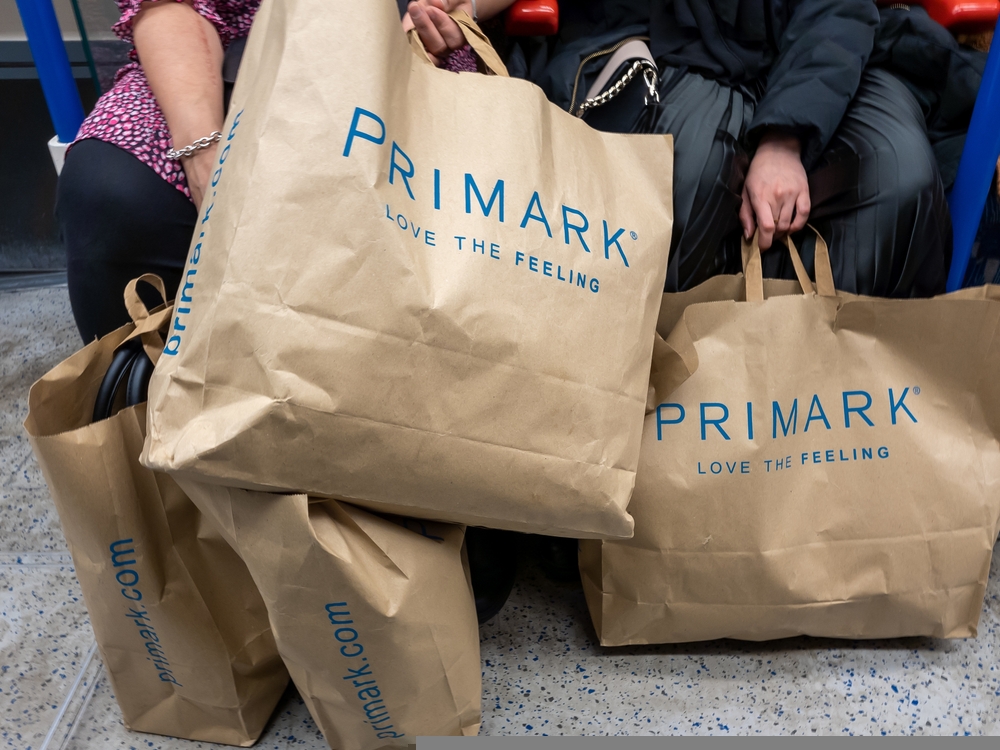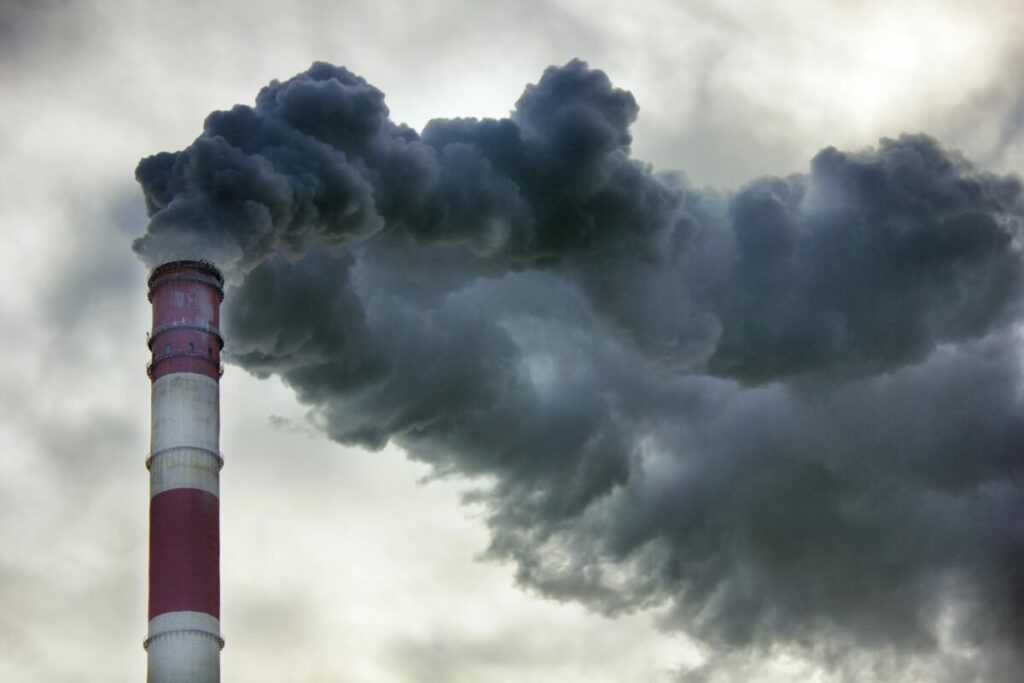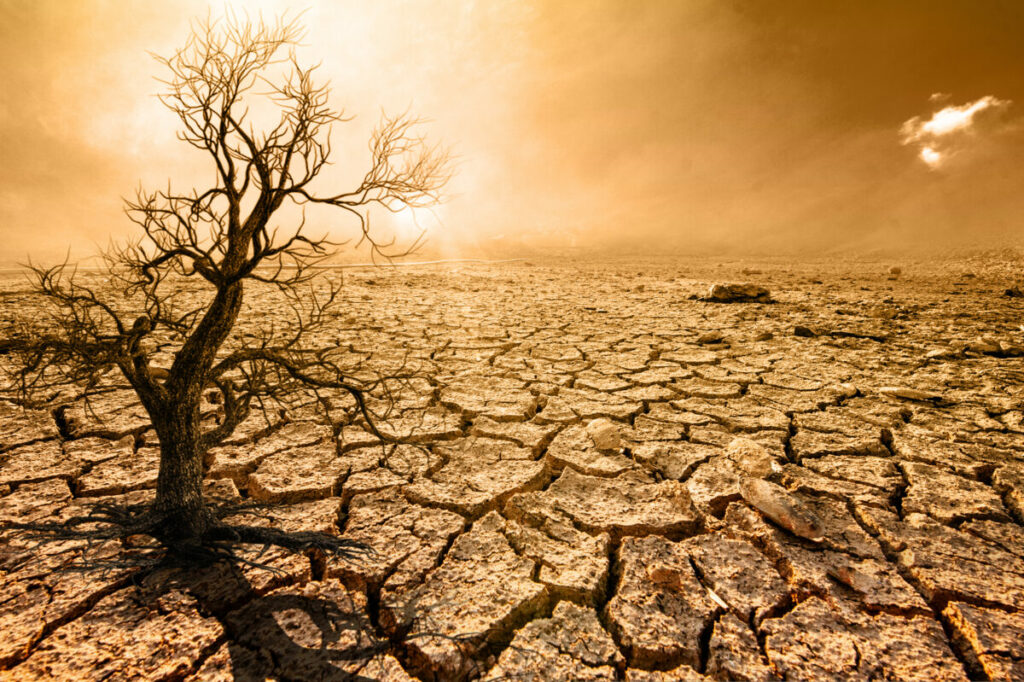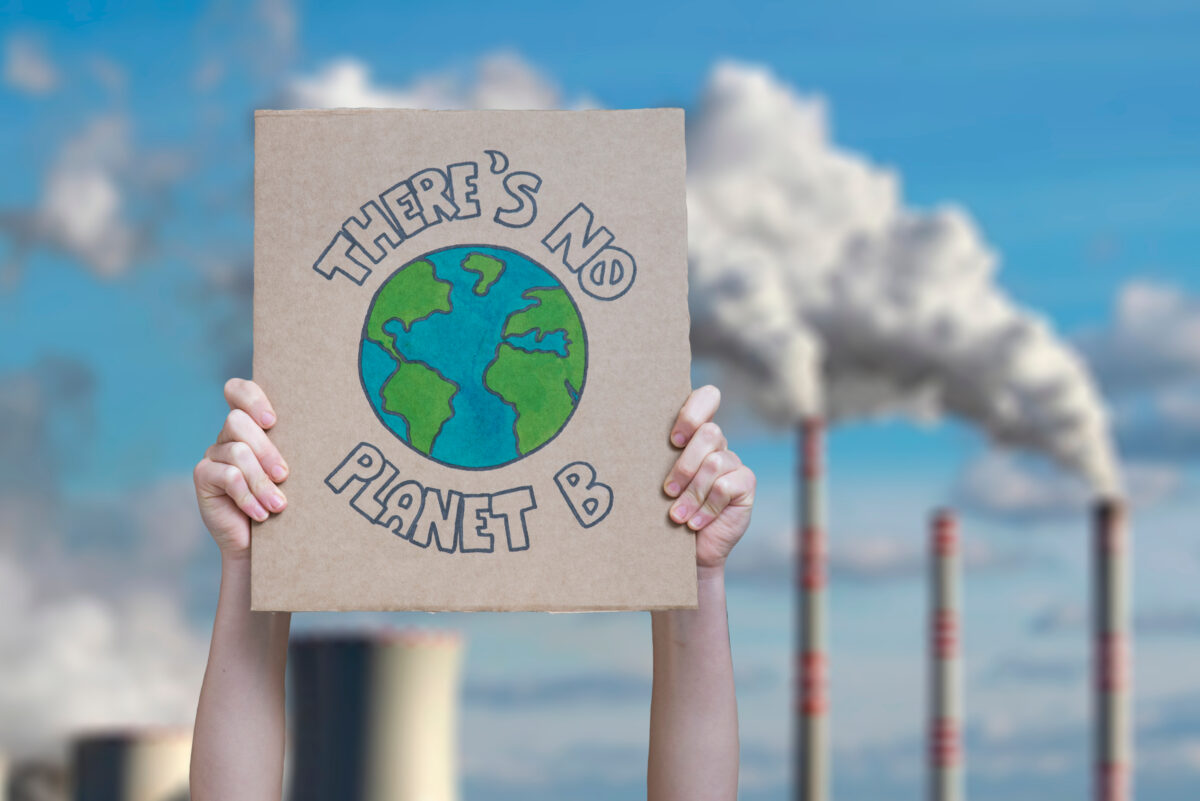Luxury fashion group Louis Vuitton (LVMH) says it has taken its sustainability policy ‘to another level’ across key areas including creative circularity, biodiversity, traceability and climate.
The brand updated investors and media on its Life 360 sustainability plan last week at Unesco’s Paris headquarters, announcing the initial results of the strategy which first launched in May 2021.
Head of image and environment Antoine Arnault said Louis Vuitton had “taken our sustainability policy to another level in less than three years”.
According to Vogue Business, the company said it had met all key 2023 targets, including offering new circular services thanks to its ‘repair-and-care task force’.
It also reported that it had met targets for reduced scope 1 and 2 emissions, had helped to regenerate 1.37 million hectares of land (biodiversity) and identified the countries of origin for diamonds, wool and leather in more than 95% of products (traceability).
Subscribe to Sustainability Beat for free
Sign up here to get the latest sustainability news sent straight to your inbox every day
“Hundreds of thousands of products are now being repaired, upcycled and refurbished,” added Arnault, noting new alliances with external partners, including Nona Source, which repurposes high-end fabrics.
The Life 360 plan had originally seen Louis Vuitton set a number ambitious goals, including the 2030 goal to generate 25% of its profits by circular services, including repairability. Currently, it repairs around 600,000 products per year – although it is unclear what that figure represents as a percentage of product sold.
Other updates were similarly vague, with the biodiversity focus remaining on regeneration, although a new water target was unveiled, with the group aiming to reduce its water consumption footprint by 30% by 2030. It did say the target of regenerating 5 million hectares by the end of 2030 will be achieved through conservation, reforestation and regenerative agriculture.
The group also revealed that while Louis Vuitton scope 1 and 2 emissions are reducing in absolute terms, scope 3 emissions – which account for 95% of the group’s carbon footprint – remain more of a challenge. However, the fashion house has been able to reduce its overall emissions intensity, meaning that products are being made more efficiently.
A new Life 360 Business Partners platform will act as a “guiding compass” for supporting suppliers, particularly across raw materials, transport and reducing scope 3 emissions. A sustainability partners day will see Louis Vuitton seeking feedback from and offering training for suppliers.
Arnault concluded by stating that the “environmental challenge redefines the usual rules of competition within the luxury goods industry.
“When issues as important as the supply of raw materials or even the habitability of the earth are at stake, I believe it is our duty to rise above the usual pattern.”


